Key products
New arrivals
best sellers
Product Categories
MATERIAL HANDLING equipment

Our Brands
We are the Exclusive and Authorised Distributors for these brands in the entire United Arab Emirates ( UAE ) Region




know more about us
Discover more about Shabbir Enterprises by downloading our comprehensive company profile. Learn about our history, core services, milestones, and how we continue to drive innovation in the industry. Get a deeper understanding of our commitment to excellence and how we can serve your business needs.
our customers LOVE US







Learn with us

How to Calculate Load Limits for Webbing Sling
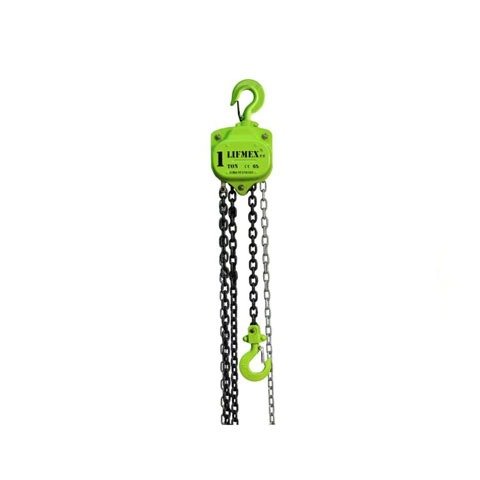
Understanding the Load Capacity of Chain Blocks
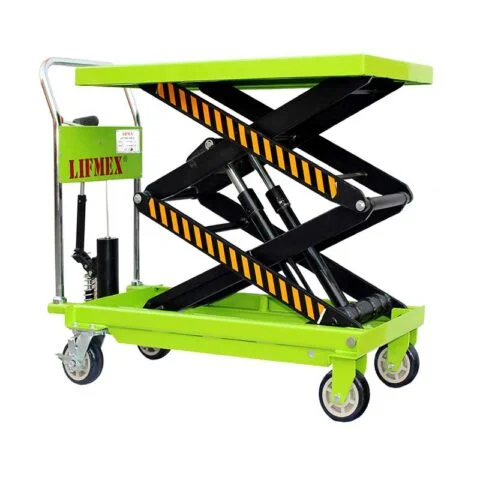
Common Issues with Hydraulic Scissor Lift Table and How to Fix Them

UNDERSTANDING THE RIGGING HOOK MARKINGS

Carry or Move the Items Easily with the Aid of Material Handling Equipment

5 Common Problems with Prestar Trolleys and How to Fix Them

How to Calculate Load Limits for Webbing Sling

Understanding the Load Capacity of Chain Blocks

Common Issues with Hydraulic Scissor Lift Table and How to Fix Them

UNDERSTANDING THE RIGGING HOOK MARKINGS

Carry or Move the Items Easily with the Aid of Material Handling Equipment

5 Common Problems with Prestar Trolleys and How to Fix Them
frequently asked questions
Shabbir Enterprises offers a wide range of products including lifting equipment, material handling solutions, fall protection gear, and various types of slings such as chain slings, wire rope slings, and nylon slings.
To choose the right lifting equipment, consider factors such as the weight, shape, and size of the load, as well as the working environment. Our experts are available to help you select the most suitable equipment for your specific requirements.
Yes, all our products are certified for safety and quality. We adhere to international standards such as OSHA and ASME to ensure the highest level of safety and reliability.
Lifting equipment should be inspected before each use and undergo regular maintenance checks. It’s crucial to follow the manufacturer’s guidelines for inspection and maintenance to ensure safety and longevity.
Yes, we offer custom solutions tailored to meet unique lifting and material handling requirements. Contact our team to discuss your specific needs and we will provide a customized solution.
You can order products by visiting our website, contacting our sales team, Contact +971 505601914 or visiting our physical store. We offer various payment options and provide detailed information on shipping and delivery.
Absolutely! We provide comprehensive technical support and after-sales service to ensure that our customers get the most out of our products. Our team is always ready to assist with any issues or questions.
Detailed information about our products and services can be found on our website. You can also contact our customer service team for any specific inquiries or additional information.
When using fall protection gear, ensure that all equipment is properly fitted and secured. Regularly inspect the gear for any signs of wear or damage, and follow all safety guidelines and regulations to prevent accidents.
You can stay updated by following us on social media, and regularly visiting our website for the latest news, products, and special offers.








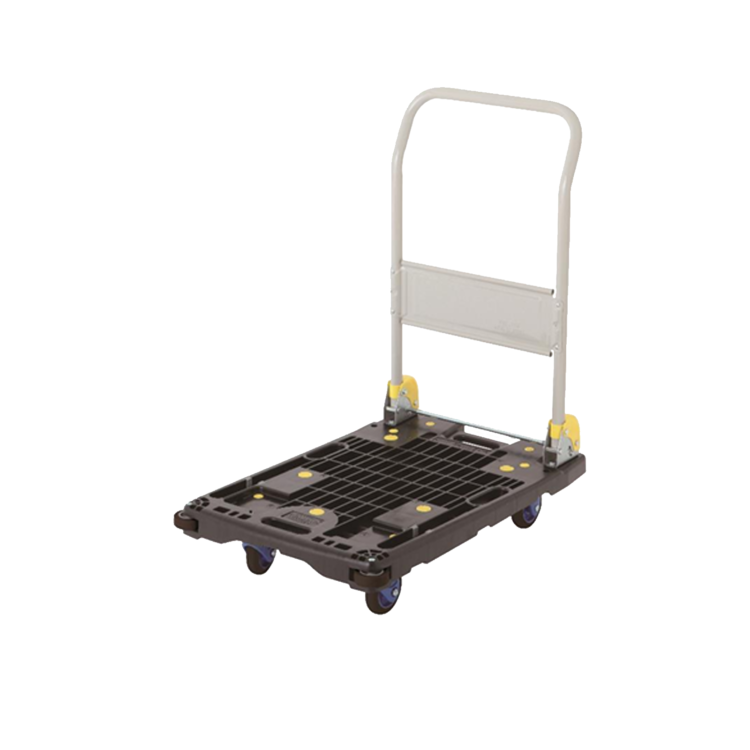
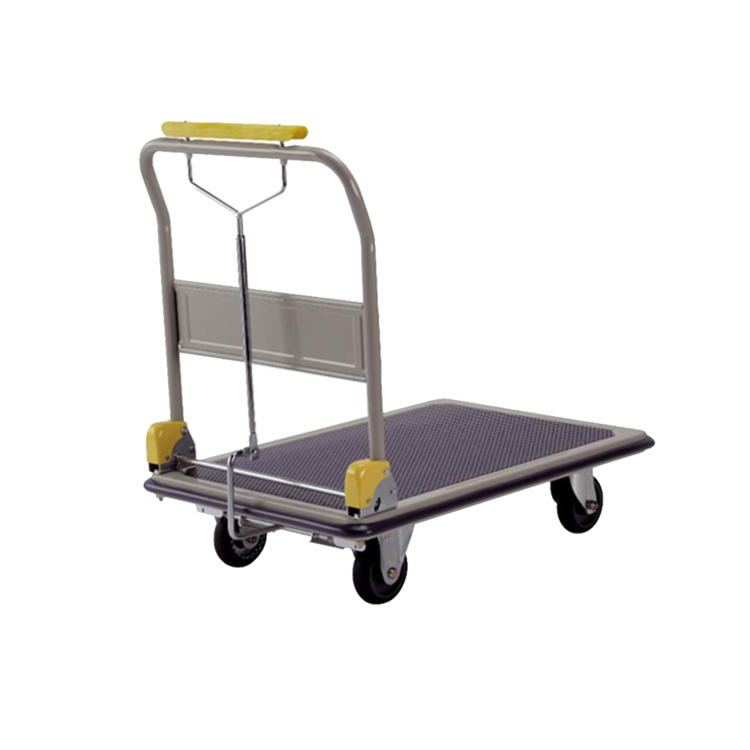































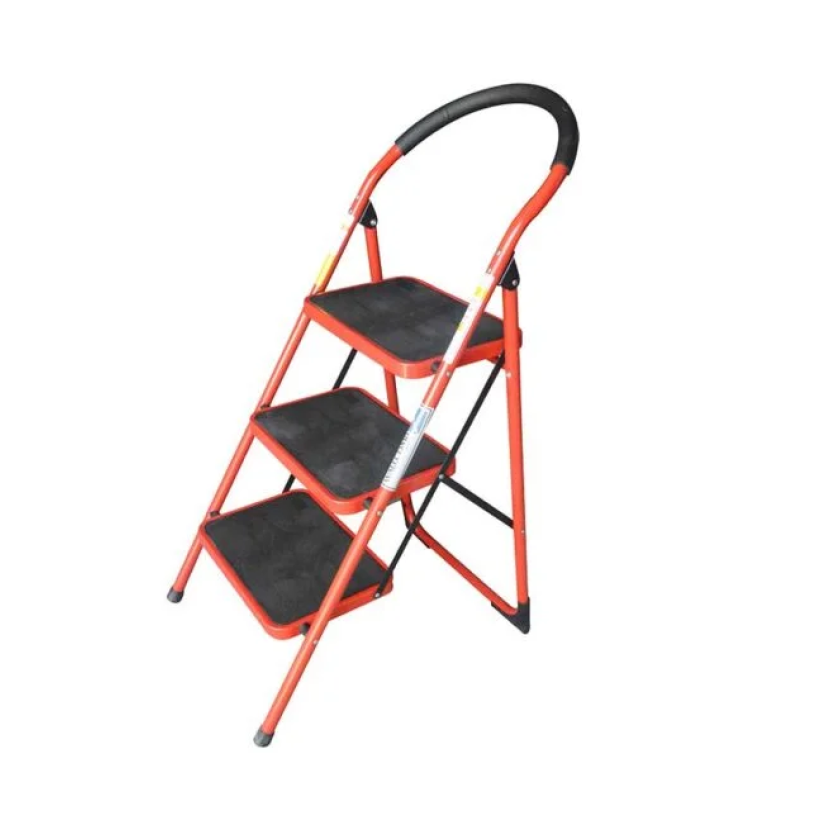



![Transforming rigging simplicity withShabbirEnterprises’ clevis shortening clutches. Elevate your setup with precision and efficiency.
.
.
.
.
[ fyp newpost viralpost rigging material warehouse ]
.
#fyp #post #shabbirenterprises #insta #instagood #instalike #viralpost #viral #reels #reelsinstagram #retail #trending #dubai #sharjah #uae #ajman #ummalquwain #rasalkhaimah #fujairah #abudhabi](https://scontent-fmx1-1.cdninstagram.com/v/t39.30808-6/441257654_18036144235924750_6890217544037005850_n.jpg?_nc_cat=110&ccb=1-7&_nc_sid=18de74&_nc_ohc=QuP42gloq-wQ7kNvgGud3Hp&_nc_ht=scontent-fmx1-1.cdninstagram.com&edm=ANo9K5cEAAAA&oh=00_AYBhDxXK9nXsNe4NO73eGt3rwVMC3tzZ6jJ1NELwfPa2Gg&oe=66503158)
![Watch as our forklifts work seamlessly together, ensuring smooth operations and maximum productivity.
.
.
Discover irresistible offers that are sure to brighten your day.
Have questions?
Reach out to us at www.shabbirenterprises.com
☎️ WhatsApp| Call: +971 505601914
📧 inquiry@shabbirenterprises.com
.
.
.
.
.
[fyp shabbirenterprises viralreel reels instagram fy dubai uae ]
.
#fyp #post #shabbirenterprises #insta #instagood #instalike #viralpost #viral #reels #reelsinstagram #retail #trending #dubai #sharjah #uae #ajman #ummalquwain #rasalkhaimah #fujairah #abudhabi](https://scontent-fmx1-1.cdninstagram.com/v/t51.29350-15/444504668_3605406959710234_2758984806406322576_n.jpg?_nc_cat=111&ccb=1-7&_nc_sid=18de74&_nc_ohc=tarqreMX3BQQ7kNvgGSG7rb&_nc_ht=scontent-fmx1-1.cdninstagram.com&edm=ANo9K5cEAAAA&oh=00_AYDPdPaxEGcCsZrp-Hk-8F2XxHWghVIiNT16Mu8OcCpjmA&oe=665013B1)
![Unleash the power of productivity with the mighty forklift from Shabbir Enterprises! Elevate your operations to new heights.
.
.
Discover irresistible offers that are sure to brighten your day.
Have questions?
Reach out to us at www.shabbirenterprises.com
☎️ WhatsApp| Call: +971 505601914
📧 Email us at: trade@shabbirenterprises.com
.
.
.
.
.
[viralreels shabbirenterprises instagram newproduct forklift dubai uae ]
.
#fyp #post #shabbirenterprises #insta #instagood #instalike #viralpost #viral #reels #reelsinstagram #retail #trending #dubai #sharjah #uae #ajman #ummalquwain #rasalkhaimah #fujairah #abudhabi](https://scontent-fmx1-1.cdninstagram.com/v/t51.29350-15/442678317_1118738142731805_738878129911531587_n.jpg?_nc_cat=100&ccb=1-7&_nc_sid=18de74&_nc_ohc=-OxqvACSXroQ7kNvgFCrmTP&_nc_ht=scontent-fmx1-1.cdninstagram.com&edm=ANo9K5cEAAAA&oh=00_AYBTdyJREzEpGfCxaygQ6xFzY4i6OFxPZsCXUnQHaIDggA&oe=66503522)
![Elevate your efficiency with Shabbir Enterprises’ top-notch forklift drum grab! Unlock seamless handling and maximize productivity.
.
.
.
Discover irresistible offers that are sure to brighten your day.
Have questions?
Reach out to us at www.shabbirenterprises.com
☎️ WhatsApp| Call: +971 505601914
📧 Email us at: trade@shabbirenterprises.com
.
.
.
.
.
[fyp Viral viralvideo productvideo warehouse forklift drum]
.
#fyp #post #shabbirenterprises #insta #instagood #instalike #viralpost #viral #reels #reelsinstagram #retail #trending #dubai #sharjah #uae #ajman #ummalquwain #rasalkhaimah #fujairah #abudhabi](https://scontent-fmx1-1.cdninstagram.com/v/t51.29350-15/436207593_347018204688920_3654151827291952878_n.jpg?_nc_cat=110&ccb=1-7&_nc_sid=18de74&_nc_ohc=JPU9UzwiaiMQ7kNvgF9rJ8b&_nc_ht=scontent-fmx1-1.cdninstagram.com&edm=ANo9K5cEAAAA&oh=00_AYCXvPg66vXji0H6FK7oxod0iY8KZEoKaU0EphhyXVAgsw&oe=665031E1)
![Unlocking new possibilities with the Clevis Grab Hook from Shabbir Enterprises. Secure, reliable, and ready for any heavy-duty task.
.
.
.
.
[ Clevisgrabhook, newpost, viralpost, dubai, uae, lifting ]
.
#fyp #post #shabbirenterprises #insta #instagood #instalike #viralpost #viral #reels #reelsinstagram #retail #trending #dubai #sharjah #uae #ajman #ummalquwain #rasalkhaimah #fujairah #abudhabi](https://scontent-fmx1-1.cdninstagram.com/v/t39.30808-6/441584593_18035777740924750_4057459119724331868_n.jpg?_nc_cat=102&ccb=1-7&_nc_sid=18de74&_nc_ohc=YJhXdwH3E3MQ7kNvgGhNeX-&_nc_ht=scontent-fmx1-1.cdninstagram.com&edm=ANo9K5cEAAAA&oh=00_AYCS1kOgOi93FCUl1GjN5LbNzwUP-MWKD7lBPkpLC0ou6w&oe=66500DA8)
![Shabbir Enterprises’ beam clamps are the ultimate solution for robust and reliable support. Elevate your construction game with the strength and durability you can trust.
.
.
.
.
[beamclamp viralpost sale product retail warehouse construction]
.
#fyp #post #shabbirenterprises #beamclamp #insta #instagood #instalike #viralpost #viral #reels #reelsinstagram #retail #trending #dubai #sharjah #uae #ajman #ummalquwain #rasalkhaimah #fujairah #abudhabi](https://scontent-fmx1-1.cdninstagram.com/v/t39.30808-6/440348289_18035421022924750_8732417190716395080_n.jpg?_nc_cat=107&ccb=1-7&_nc_sid=18de74&_nc_ohc=QKYhj5xiCLsQ7kNvgH6Ghvu&_nc_ht=scontent-fmx1-1.cdninstagram.com&edm=ANo9K5cEAAAA&oh=00_AYAid8oUKviYXpMzPLGjIsjwrRdHwSHVK8-QeawSqCZXCQ&oe=66503779)

